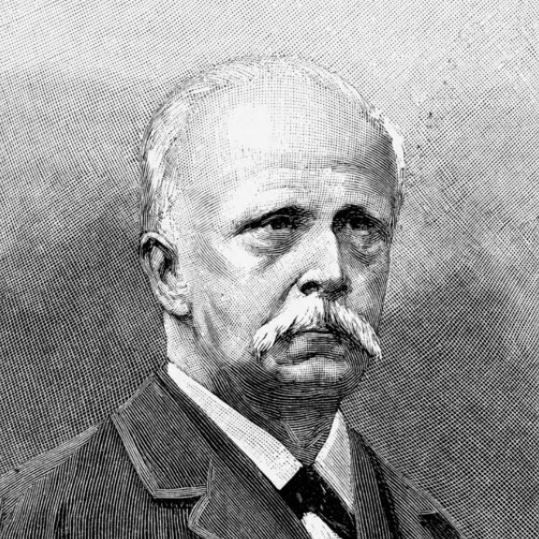
Modern Applications of Helmholtz Resonators
Helmholtz resonators are simple acoustic devices that have been used for over a century to control noise and vibration in various engineering applications. They were first discovered by Hermann von Helmholtz, a German physicist and physician, in the mid-19th century. Helmholtz resonators are based on the principle of resonance, where a vibrating system is excited by an external force that matches its natural frequency.
Helmholtz resonators are essentially a cavity with a small neck or opening, which acts as a resonant chamber. When sound waves enter the cavity, they resonate at a specific frequency determined by the size of the cavity and the length and diameter of the neck. The resonance causes a pressure difference between the inside and outside of the cavity, which can be used to absorb or attenuate sound waves.

The importance of Helmholtz resonators lies in their ability to control noise and vibration in a wide range of applications. They have been used in the design of mufflers and silencers for engines and ventilation systems, as well as in the construction of musical instruments such as violins and cellos. Helmholtz resonators are also used in architectural acoustics to control sound reflections in concert halls and recording studios.
One notable application of Helmholtz resonators is in the design of exhaust systems for internal combustion engines. These systems use a combination of resonators and mufflers to attenuate the noise produced by the engine. Helmholtz resonators are particularly effective at attenuating low-frequency noise, which is often the most difficult to control in engine exhaust systems.

In recent years, Helmholtz resonators have found new applications in the field of micro-acoustics, where they are used to create high-performance microphones and speakers. Micro-acoustic Helmholtz resonators are made using advanced manufacturing techniques such as photolithography and microelectromechanical systems (MEMS) technology. These devices have the potential to revolutionize the field of acoustics by enabling the development of ultra-compact, high-performance audio devices.
In addition, researchers are currently exploring the use of Helmholtz resonators in the design of quiet supersonic aircraft. By using carefully designed resonators, it may be possible to reduce the noise generated by supersonic shock waves, which are currently a major barrier to the development of commercial supersonic flight.
Helmholtz resonators may also play an important role in the design of quieter electric and hybrid vehicles. These vehicles often generate noise at low frequencies that can be difficult to control with traditional noise reduction techniques. Helmholtz resonators may offer an effective solution to this problem by absorbing or attenuating these low-frequency sounds.
Finally, Helmholtz resonators are likely to play an increasingly important role in building acoustics. As buildings become more energy-efficient, they also become more airtight, which can lead to problems with indoor noise levels and acoustic comfort. Helmholtz resonators may offer an effective solution to these problems by providing a way to control sound reflections and reverberation in indoor spaces by minimizing material and utilizing pressure differentials only.
Overall, the potential future applications of Helmholtz resonators are diverse and exciting. As researchers continue to explore their capabilities, it is likely that these simple acoustic devices will continue to play an important role in controlling noise and vibration in a wide range of applications.
Mechanical Engineer at Paramount Group
1yOld physics die hard.